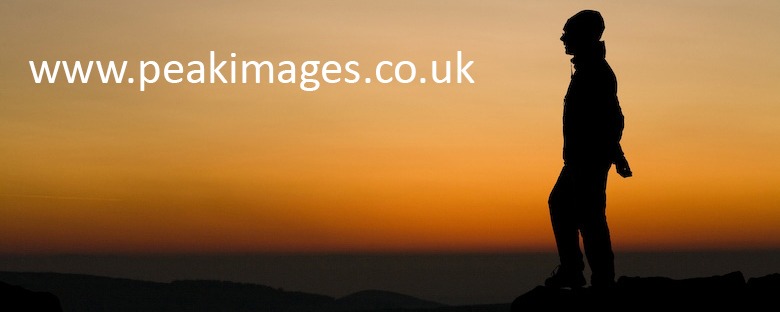And in many ways I was lucky, there was both an English and Russian team training on the course, which made it easier to get images of expert kayakers doing things right, rather than folks new to white water who were still learning the art of balancing the kayak against the rapids. But it also meant that it was nigh on impossible to ask them to pose for me – to turn at specific points and round specific gates, as it wouldn’t have been fair to interrupt their training just to get my images!
And whitewater kayaking images aren’t easy to get – there’s a fundamental problem of combining moving water with moving people. We know from landscape photography that moving water either needs to be frozen in motion with a very short exposure (which needs a lot of light!) or turned silky smooth with a very long exposure (which tends to turn moving humans in the same image into ghosts!). And often the light levels are quite low. So what to do?
This is one sport where I have to say my preference for getting everything right in camera and doing virtually nothing post-processing wise often isn’t the best approach. You can help things by using a monopod to make the camera and (usually) fairly long lens as steady as possible in low light, (a tripod while steadier, is much less flexible for following the motion or getting the framing spot on when the person is moving quickly and relatively close to you) and ramping up the ISO is often unavoidable.
The light levels often do not allow for the motion of the water (and kayaker) to be frozen using ISO100. The only recourse is either to add light (but flash is often not acceptable – it can cause a lapse in concentration, which on fast moving white-water usually results in a dunking, which the kayaker may not always be able to roll out of) or to increase the ISO and accept the resultant increase in noise. And in really dull conditions, even slow shutter speeds may not be viable at ISO100, again necessitating ramping up the ISO, as much even as ISO2000!
The best compromise for slower blurry shutter speeds is often 1/30s or 1/60s. This is slow enough to blur fast-moving water that’s really close to the camera (and moving across the frame – that has an effect of making it appear faster-moving!) and to successfully blur motion of a kayak pirouetting around a slalom pole while being fast enough to hand-hold steadily and keep the static objects (if any!) sharp. This is also a good speed for panning with a kayaker heading straight downstream.
Slower shutter speeds can produce interesting effects, but the slower you go below 1/30s the more “mishits” you’re likely to get before you get an interesting effect that really works. Then some fairly hefty processing adds in some of the feel that the “straight” picture wasn’t able to capture at the time. For more images from the day see the new kayaking gallery
